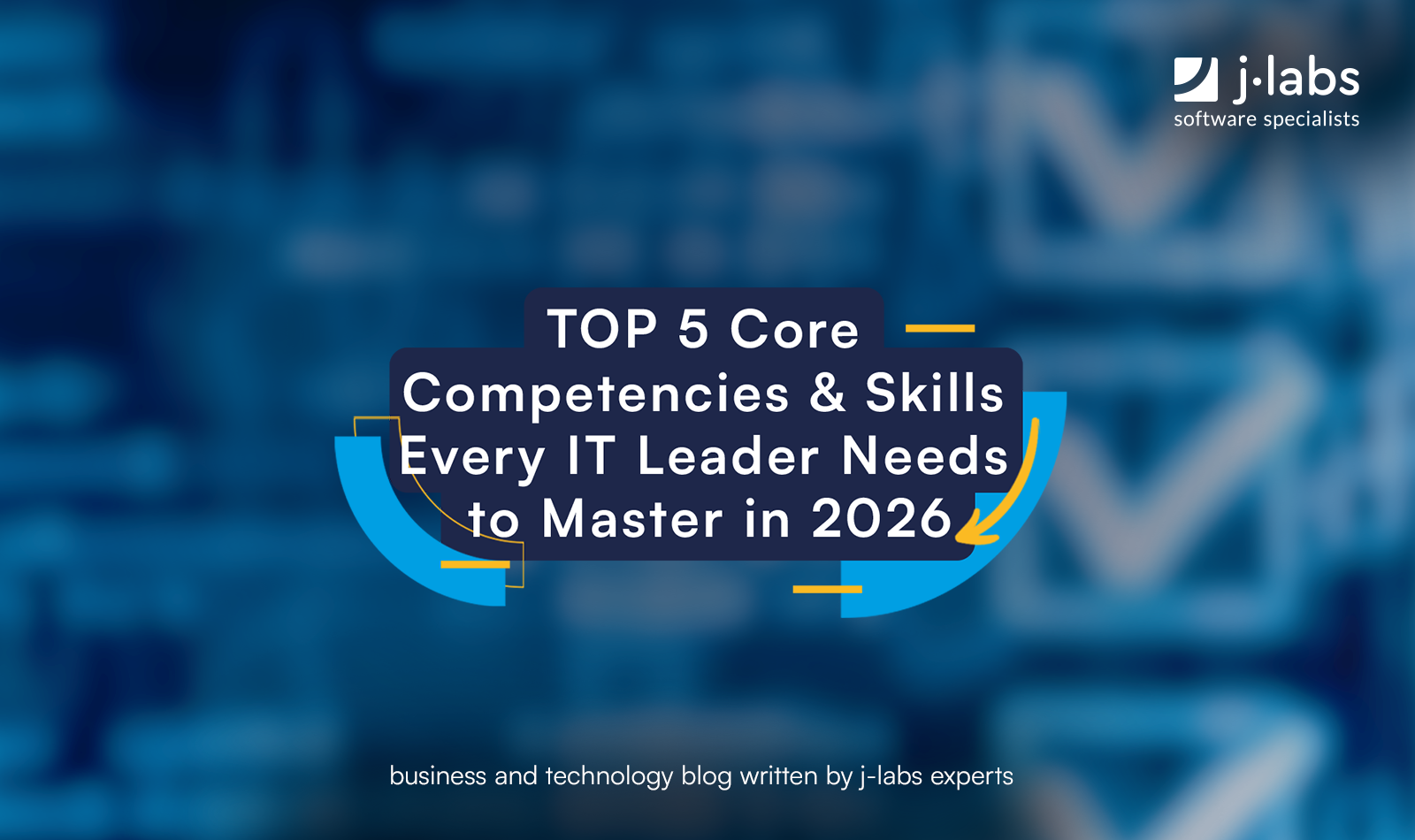Methodologies for IT project management
Key Points
- Importance of Methodology: A well-chosen IT project management methodology helps reduce chaos, improve communication, ensure predictable timing and costs, and deliver a high-quality product. A lack of methodology can lead to project failure, as shown by PMI research.
- Agile Methodology: Agile is flexible and iterative, allowing quick delivery of value, especially when requirements change during development. It works well when the customer is actively involved and the team can operate independently.
- Scrum Framework: Scrum, a popular Agile framework, uses sprints, daily standups, and defined roles (Product Owner, Scrum Master, Development Team). It is ideal for complex projects requiring structure, iterative improvement, and team development.
- Kanban: Kanban optimizes workflow and minimizes “in-progress” tasks by prioritizing transparency. It is effective for short projects with fixed priorities or teams requiring task division and progress visualization.
- Waterfall: Waterfall is a traditional sequential approach, ideal for projects with clearly defined and unchanging requirements, such as those in corporate environments requiring rigid documentation.
- Hybrid Models: Hybrid models combine the flexibility of Agile with the control of traditional methods like Waterfall. At j‑labs, the Agile Delivery Framework (ADF) combines four stages: Discovery, Setup, Delivery, and Finalization, ensuring collaboration with clients at every stage.
The world would be a simpler place if IT projects ran smoothly according to a simple plan that was established at the beginning. And yet: the volatility of requirements, integrations with legacy systems, distributed teams, rising business expectations – all of this is a daily reality for industry professionals, both those who develop software and those who manage teams and projects. Therefore, the basis for successful work is a well-tuned methodology.
At j‑labs, we handle complex implementations and transformations daily. Most often, the client is responsible for the architecture, backlog, and roadmap, and we take over the delivery process. We will describe this in more detail below in the subsection on the Agile Delivery Framework. Thanks to years of experience, we have come to realize that there is no single, perfect methodology for managing IT projects. Instead, there are ones that are well-suited to a specific project, team, and business goal.
What exactly is the methodology for? IT Project Management – methods
A well-chosen IT project methodology translates into concrete results, among which it is worth mentioning:
- less chaos and more clarity,
- better communication and cooperation within the team,
- more predictable timing and costs,
- A higher quality of the final product, such as software.
In contrast, the lack of a methodology, or its rigid implementation in the spirit of the “we’ve always done it this way” idea, is a straight road to problems. As PMI research shows, this is often what leads to project failure. Not a bad choice of methodology, but a complete lack of it.
Overview of the most popular IT methodologies
Now, let’s examine the four most popular IT project management methodologies, as well as a hybrid variant that combines features of some of them.
Agile, meaning flexibility and adaptation
Agile is a flexible, iterative approach, meaning it is based on action loops and feedback, and delivers value quickly. It works well when:
- requirements change during work,
- the customer is actively involved,
- the team has experience and is willing (and able) to act independently.
Want to learn more about agile approaches? Check out our article: Agile or Scrum? How to manage projects.
Scrum – a structure in the spirit of Agile
Scrum is the most widely used framework within Agile, which is based on sprints, daily standups, and clearly defined roles (Product Owner, Scrum Master, Development Team). We discuss this in the article: Modern software development methodologies. Choose Scrum if:
- The project is complex, so there is a need for structure and a repeatable work cycle,
- you want to develop the team through iterative improvement,
- you have (or can have) a Project Manager who will take on the role of Scrum Master.
Kanban: from visualization to complete fluidity
Kanban focuses on optimal workflow and minimizing “in-progress” tasks. It prioritizes transparency. It is excellent for short projects with fixed priorities, as well as in teams where task division and progress visualization are essential.
Waterfall – Is the classic route still worth taking?
Waterfall, on the other hand, is a sequential approach; it involves planning the entire project from start to finish, that is, from A to Z. Of course, you can use it – for example, on projects with clearly defined requirements or in environments where paperwork plays a significant role (such as some corporations). Requirements that are already determined at the start (and are unchangeable), rigid budget, documentation, and reports – this is the classic Waterfall approach.
Hybrid models. Is it possible to combine flexibility with the need for control?
Why not? Increasingly, companies are combining approaches, and we at j‑labs are open to implementing hybrid strategies that strike a balance between the predictable and the convenience of flexibility. Do you want a fast MVP that also meets full regulatory compliance? A hybrid is the option for you. At j‑labs, we use the Agile Delivery Framework, an approach developed over our 15 years in business. ADF consists of 4 stages: Discovery, Setup, Delivery, and Finalization.
- The Discovery segment is a crucial foundation because it enables us to understand the entire context of the project thoroughly.
- Setup is the organization, structure, and acceptance criteria for the work – everything you need to get a project off the ground.
- In Delivery – we deliver. We work closely with the client’s product team, and our Delivery Manager becomes the client’s right-hand. It is here, in an iterative fashion, of course, that we deliver further functionality and design elements.
- And finally, it’s time for Finalization, or closing the project. We hand over the code, the documentation, and the report, and the client receives the finished work.
As you can see, the basis of ADF is to cooperate with the customer at every stage.
How to choose a methodology for an IT project?
We suggest asking yourself 5 basic questions:
- How variable are the requirements?
- What level of control is necessary (or expected by the client/supervisor)?
- How experienced is the team?
- What is the budget and duration of the project?
- Will combining different approaches give you an advantage?
At j‑labs, we do not impose a single methodology – we tailor the approach to the specific project. We support clients both technologically and strategically, and above all, by providing specialists who, with an average of 11 years of experience, possess in-depth knowledge. We can help your company from the outset, guiding you through the analysis and selection of the best approach. We combine the knowledge of senior-level specialists with project practice, so that we support your team not only technically, but also business-wise.
Fill out the form, and we will get back to you. Check out our IT Specialist Outsourcing and IT Project Outsourcing offer!
Selected methodologies sourced from Atlassian and PM articles.
FAQ
What is the role of methodology in IT project management?
A good methodology helps reduce chaos, improve communication, and ensure more predictable results, leading to a higher quality product and a smoother project delivery process.
What is Agile methodology used for in IT projects?
Agile is used for projects where requirements change over time. It offers flexibility, encourages quick delivery, and relies on active customer involvement and independent team action.
What are the benefits of using Scrum in project management?
Scrum provides structure in complex projects, fostering iterative improvement and team development. It is suitable for projects requiring a repeatable work cycle and defined roles.
When should I use Kanban for IT projects?
Kanban is ideal for short-term projects with fixed priorities or in teams where task division and progress visualization are crucial for maintaining transparency and efficiency.
What is the Waterfall methodology used for?
Waterfall is used for projects with fixed, clearly defined requirements that do not change over time. It is beneficial in environments where rigid documentation and compliance are required.
How do hybrid models combine methodologies?
Hybrid models combine Agile’s flexibility with traditional methods like Waterfall, offering the best of both worlds. At j‑labs, the Agile Delivery Framework (ADF) uses a hybrid approach to ensure effective collaboration and delivery.
Meet the geek-tastic people, and allow us to amaze you with what it's like to work with j‑labs!
Contact us



